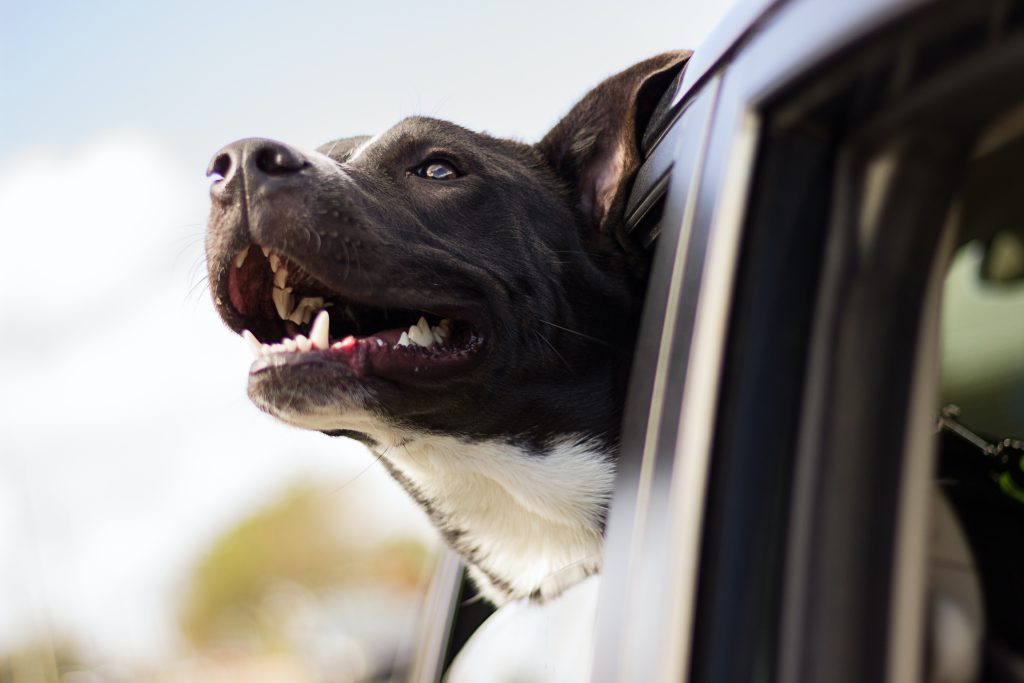The Role of Repetition in Training Reactive Dogs
Originally published on March 27, 2023
When training reactive dogs, repetition is a crucial aspect owners must pay attention to. Reactive dogs exhibit exaggerated responses to specific triggers—such as other dogs, people, or unfamiliar situations—often through barking, growling, lunging, or even biting. To help these dogs overcome the anxiety or fear associated with their triggers, Certified Dog Behavior Consultants like myself use consistent, positive training over multiple sessions.
Understanding Reactivity in Dogs
Reactivity is rooted in emotion—usually fear, anxiety, or frustration. Reactive dogs are not “bad” or aggressive by nature; they simply struggle to cope with certain situations. The goal of training is to help them build positive associations with their triggers, leading to calmer, more confident behavior.
What Is a Trigger?
A trigger is anything that provokes a reactive response. This can include:
-
Other dogs
-
People
-
Specific environments or objects
Each dog has unique experiences and sensitivities, so identifying their specific triggers is the first step in addressing reactivity.
Counter-Conditioning: A Proven Technique
Counter-conditioning helps change a dog’s emotional response to a trigger. This is done by consistently pairing the trigger with something positive (like treats, play, or praise). Over time, this teaches the dog that the trigger = good things.
Using food in this process activates feel-good chemicals like dopamine and serotonin, reinforcing these positive associations.
Why Repetition Matters
Repetition is vital to counter-conditioning. It helps strengthen new behaviors and cement them into the dog’s everyday responses. Here’s how repetition benefits training:
✅ Reinforces Positive Associations
Consistent exposure to triggers in controlled settings, paired with positive reinforcement, helps the dog internalize positive feelings. This makes them more likely to stay calm in real-life scenarios.
✅ Supports Habituation
The more a dog sees their trigger without a negative consequence, the more they get used to it. This is habituation, and it helps reduce fear.
✅ Builds Confidence
Repeated success helps dogs feel more secure in situations that used to scare them. As confidence increases, reactivity decreases.
✅ Encourages Generalization
Dogs don’t automatically apply what they’ve learned in one setting to another.
For example, a dog trained not to bark at large dogs may still react to small dogs. Each scenario needs practice to reinforce the behavior.
Training Takes Time
Reactive behavior is often ingrained over months or years, and won’t change in a few sessions.
Let’s say your dog has reacted to visitors for three years. Practicing once or twice between sessions with a Certified Dog Behavior Consultant won’t fix the problem. You must practice frequently and consistently.
Progress requires:
-
Daily reinforcement of desired behaviors
-
Patience and realistic expectations
-
Long-term consistency, not short bursts of training
In summary: Reactivity isn’t about bad behavior—it’s about emotional overwhelm. With repetition, patience, and professional support, you can help your dog become calmer and more confident.

